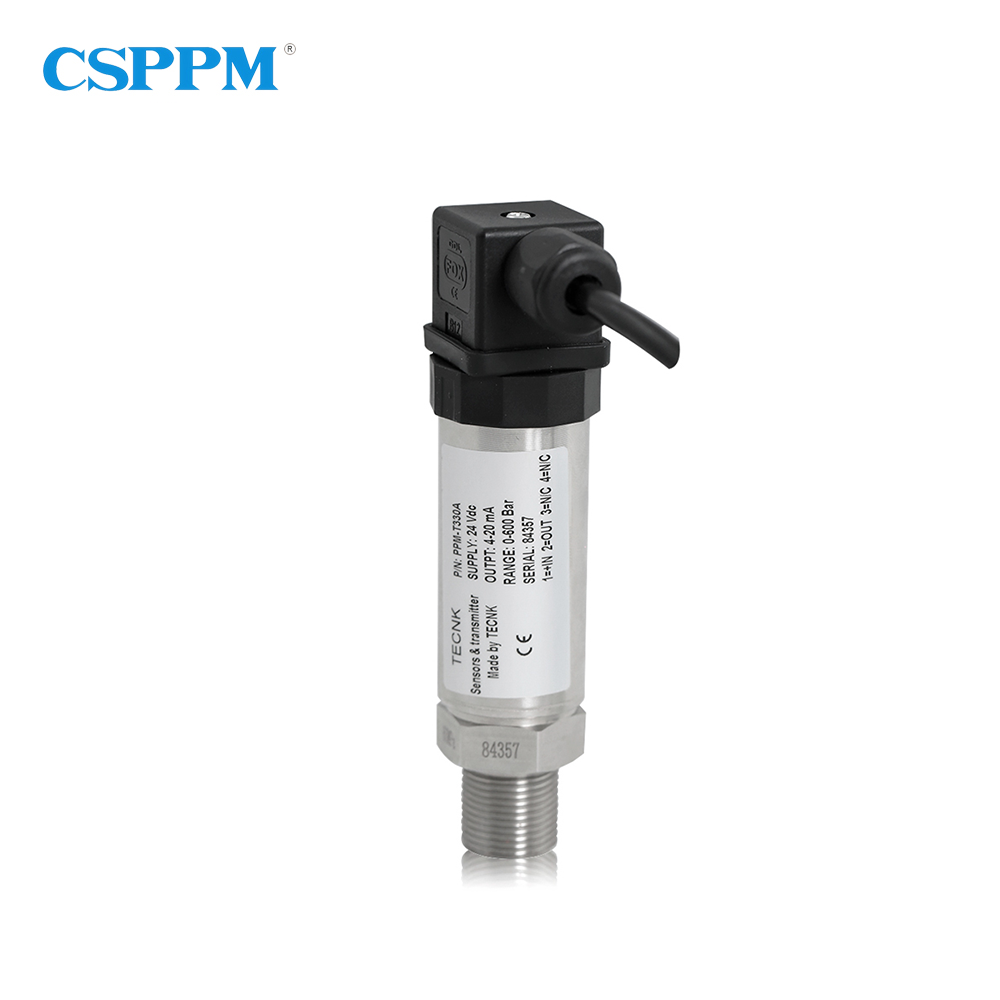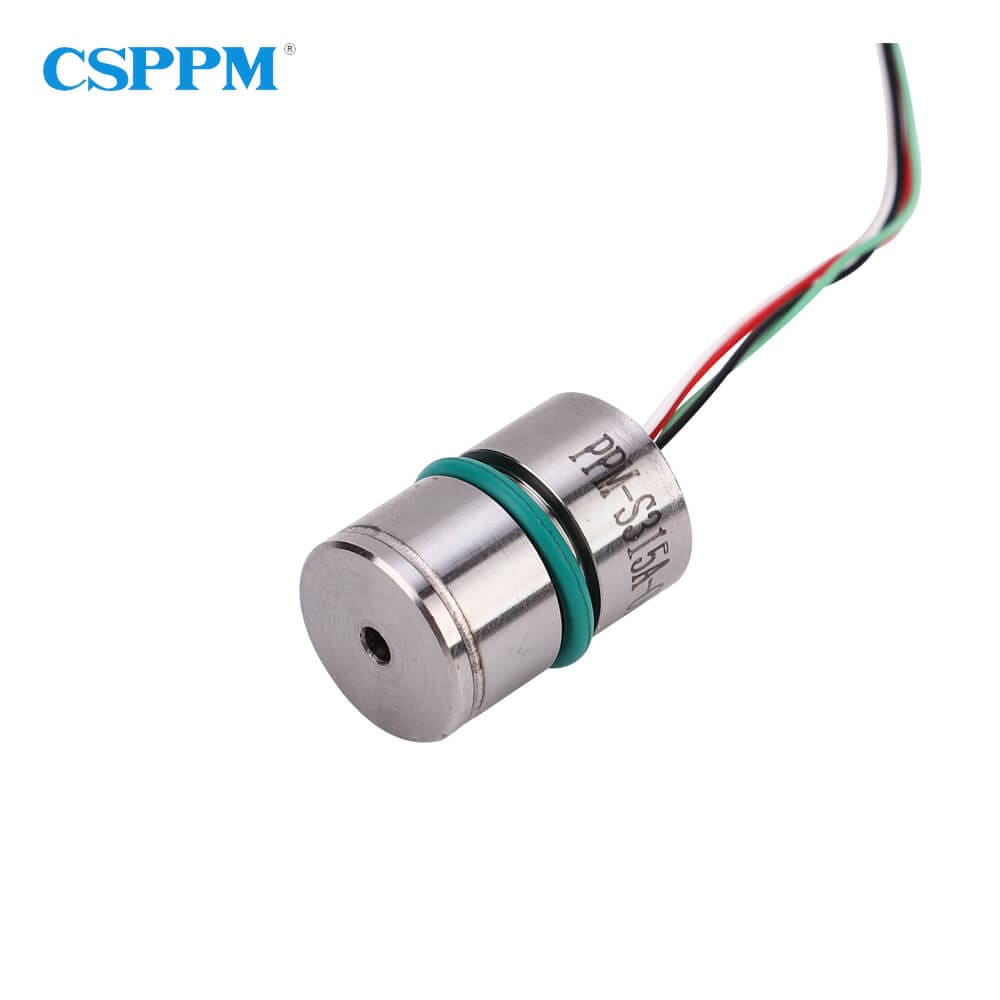Picture this—an industrial plant where a sudden pressure surge causes a costly shutdown. Why do failures always occur during critical operations? This is where a high temperature pressure sensor comes into play, ensuring things run smoothly even under extreme conditions. With increasing reliance on precision in manufacturing processes, the need for reliable sensors has become more crucial than ever.

Flaws in Traditional Solutions
Previously, many industries have relied on traditional pressure sensing methods, which often fail to provide accurate readings at high temperatures. The typical models lack robustness and precision—meaning they can lag during crucial monitoring. This lag leads to subpar performance and potentially catastrophic failures, causing not only financial losses but also safety hazards. It’s a brilliant concept gone wrong—inefficiency right when you least need it.

Introduction of Innovative Technologies
Then enters the new wave—high temperature pressure sensor technology that harnesses advanced materials and innovative designs. These devices often incorporate piezoelectric elements or MEMS technology, allowing for real-time, accurate pressure readings even in extreme heat. Talk about a game-changer! The key here is their ability to adapt and function perfectly, regardless of external conditions, which is no small feat in the industrial sphere.
Real Benefits for Users
By switching to a high temperature pressure sensor, industries are reporting enhanced reliability and extended lifespan of their equipment. Users often notice reduced maintenance costs and improved operational efficiency—up to 25% in some cases! Not only that, but these sensors can significantly lower the risk of unplanned downtime, which can be a lifesaver for productivity.
Conclusion: Evaluating Your Options
When it comes to choosing the right sensor for your application, always verify these 3 metrics: ① accuracy under high temperatures, ② durability and material composition, and ③ response time in dynamic conditions. Find the sensor that fits your needs, and you’ll be set for success in a high-pressure environment.
Understanding the Utility of Steam Pressure Sensors
Now, let’s talk about steam pressure sensors. These devices are vital for systems that rely heavily on steam for operation, such as in power plants. Why stick to outdated methods? A steam pressure sensor can ensure that the pressure remains within operational limits, helping to prevent unexpected accidents and system failures. With their capability to handle high temperatures, they play a key role in maintaining efficiency and safety in steam applications.
Low Temperature Pressure Sensors: A Practical Choice
On the other end of the spectrum, low temperature pressure sensors are crucial for many refrigeration and cryogenics applications. These sensors are designed to maintain accuracy in lower temperature ranges, ensuring that your systems function optimally without compromise. Consider this: using a low temperature pressure sensor can save you from costly repairs and prevent product spoilage in sensitive operations. Their unique technology allows for quick adjustments and superior readings even in challenging environments.
In summary, the shift towards advanced sensing technologies like high temperature, steam, and low temperature pressure sensors is undeniable. With a reliable provider like CSSPM Sensor, you can ensure that your operations are equipped with the best solutions for both high and low temperature needs. In the world of industrial sensors, making a choice has never been easier!

